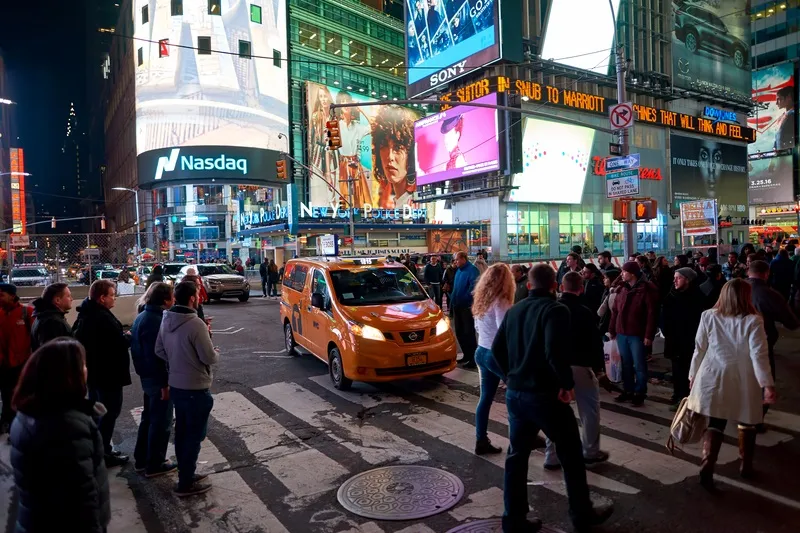
Richard Retting, author of GHSA's Spotlight on Highway Safety report says: “Following 30 years of declining pedestrian fatalities, there has been a complete reversal of progress. Pedestrians are at an inherent disadvantage in collisions, and we must continue to take a broad approach to pedestrian safety.”
The report offers state and national trends in 2019 pedestrian traffic deaths based on preliminary data provided by state highway safety offices in all 50 US states and the District of Columbia.
The association adjusted data on pedestrian fatalities for the first six months of 2019 with historical trends to project a 5% increase in the number of people killed during the full 2019 calendar year. In 2018, 6,227 people on foot lost their lives in motor vehicle crashes.
GHSA says trends show that most pedestrian fatalities take place on local roads, at night and away from intersections which suggest the need for safer road crossings and increased efforts to make pedestrians and vehicles more visible.
Night-time fatalities increased over the past 10 years by 67% compared to a 16% increase in daytime fatalities, the association adds.
Unsafe behaviour also plays a part in putting pedestrians at risk as the data shows that alcohol impairment by the driver or pedestrian was reported in nearly half of traffic crashes that resulted in pedestrian fatalities in 2018.
According to GHSA, pedestrian fatalities over the past decade involving SUVs increased at a faster rate of 81% compared to pedestrian cars, which jumped by 53%.
GHSA executive director Jonathan Adkins, says: “In the past 10 years, the number of pedestrian fatalities on our nation’s roadways has increased by more than 50%."
"This alarming trend signifies that we need to consider all the factors involved in this rise, identify the high-risk areas, allocate resources where they’re needed most, and continue to work with local law enforcement partners to address the chronic driver violations that contribute to pedestrian crashes.”
Despite these alarming figures, the number of all other traffic deaths has increased by only 2% over the last decade.
A projection of traffic fatalities carried out by the National Highway Traffic Safety Administration for the first half of 2019 shows an estimated 3.4% reduction in overall traffic fatalities compared to the first half of 2018.
GHSA says that Florida is taking positive action by carrying out a high visibility enforcement campaign, which focuses on education and enforcement in areas with the highest representation of traffic crashes.
Other efforts include a safety audit carried out by Delaware's Department of Transportation to recommend possible engineering changes and the 'Watch for Me' or 'Look for Me' campaigns taking place in Connecticut, Tennessee and Vermont.








